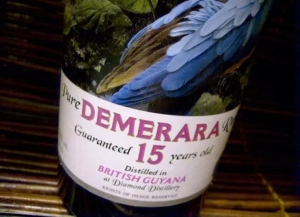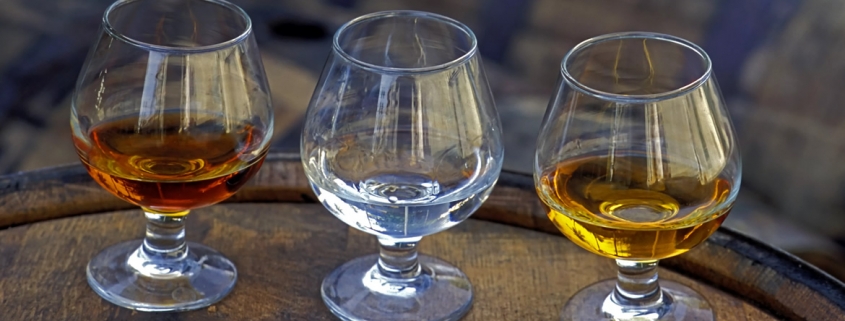Types of Rum
Embark on a flavourful exploration of the vast and varied world of rum, where a spectrum of styles awaits your discovery. From light and crisp to rich and complex, each type of rum offers a unique experience for your palate.
Lets delve into the key categories of rum, exploring their defining characteristics, production methods, and ideal uses. We’ll uncover the distinctions between white, gold, dark, spiced, and aged rums, as well as the fascinating world of Agricole rum.
Cheers to discovering your favourite type of rum!
White Rum
As the name suggests, a clear spirit. Apart from that – there is no limits to what a white rum can actually be – so it may be a pot still or column distilled rum, it may be unnamed or it may be aged and then charcoal filtered to remove the colour form the barrel. So really, this term on it’s own is only good for describing a rums appearance.


Gold Rum
Another ‘loose term’ like ‘white rum. But generally, slightly more complex than white rums due to short period of aging in oak barrels.
Dark Rum
Aged for longer periods of time, with darker, fuller flavour profiles.


Demerera Rum
While many rums are made from sugar cane grown in Brazil, Demerera is made from cane grown in Guyana, Slow fermentation of the beer combined with long ageing give a rich, dark flavor profile similar to Jamaican rum; distilled using old stills, thought to be indicative of how rum used to taste.
Rhum Agricole
Made with sugar cane juice instead of molasses, so terroir (i.e. where the sugar cane was grown) is an important factor; can be white, gold, dark, etc., with flavors that incorporate vegetal notes into the complex rum backdrop.


Naval/Overproof
Refers to any rum that’s higher alcohol (50 to 60% and above).



